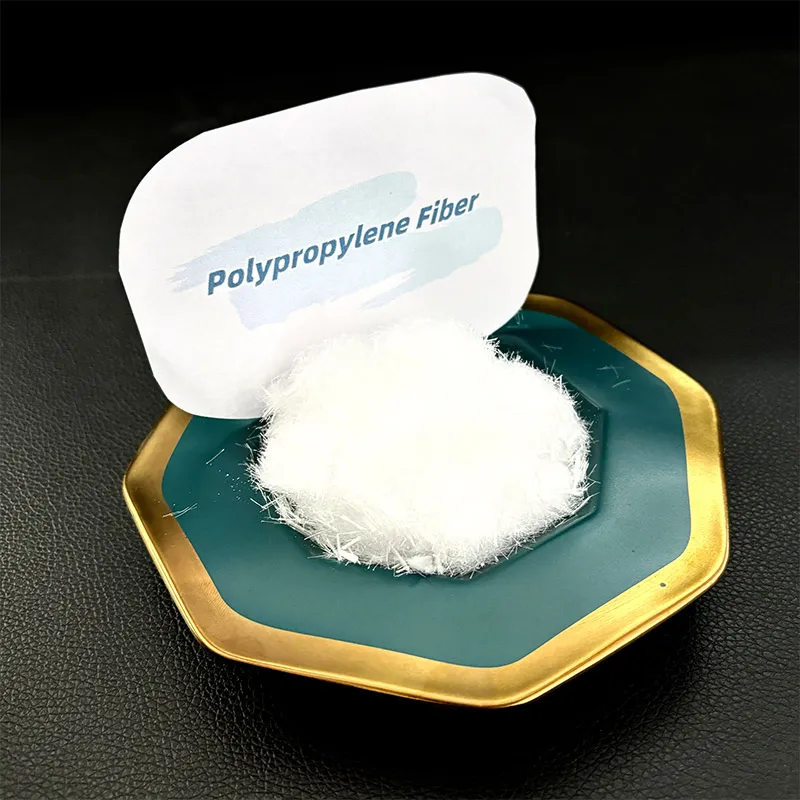
-

Add: HeBei ShengShi HongBang Cellulose Technology CO.,LTD.
-

Email
13180486930@163.com -

CONTACT US
+86 13180486930

HPMC Chemical High-Performance Additive for Construction & Pharma
- Introduction to HPMC Chemical Composition
- Technical Specifications and Performance Metrics
- Comparative Analysis of Leading Manufacturers
- Custom Formulation Capabilities
- Real-World Implementation Scenarios
- Material Science Advancements
- Industry-Specific Chemical Solutions

(hpmc chemical)
Understanding HPMC Chemical Fundamentals
Hydroxypropyl Methylcellulose (HPMC) represents a cellulose-derived polymer extensively employed across industries due to its unique molecular configuration. This semi-synthetic compound features hydroxylpropyl and methoxyl group substitutions on the anhydroglucose backbone, creating a versatile water-soluble polymer. The solubility profile varies according to chemical modifications, with dissolution commencing when ambient temperatures exceed the material's specific gel point. Specific grades exhibit viscosity ranges from 5 mPa·s to 200,000 mPa·s in aqueous solutions, allowing engineers to precisely match rheological requirements for different applications. Industry data indicates the global market will reach USD 7.2 billion by 2029, growing at 8.1% CAGR, driven primarily by pharmaceutical and construction sectors.
Material Performance Specifications
HPMC's molecular architecture enables distinctive functional behaviors critical for industrial processes. The cellulose derivative demonstrates thermal gelation between 60-90°C depending on substitution ratios, providing reversible thickening properties. With ash content typically below 5% and moisture retention under 8%, manufacturers achieve consistent production outputs. Technical certifications including USP-NF, EP, and FDA compliance guarantee material consistency for regulated industries. Performance data reveals HPMC-enhanced mortars exhibit 23% greater workability retention compared to alternatives, while pharmaceutical tablet formulations show 18% improvement in controlled-release profile stability when utilizing optimized viscosity grades. Particle size distributions between 80-120 microns prove optimal for dissolution kinetics in most manufacturing environments.
| Manufacturer | Methoxyl Content (%) | Hydroxypropoxyl Content (%) | Viscosity Range (mPa·s) | Gel Point (°C) | Moisture Content (%) |
|---|---|---|---|---|---|
| Ashland Chemical | 19-24 | 7-12 | 5-200,000 | 58-90 | ≤5.0 |
| Dow Chemical | 28-30 | 7-12 | 50-150,000 | 65-90 | ≤4.5 |
| Shin-Etsu | 20-24 | 6-10 | 15-100,000 | 60-85 | ≤5.0 |
| SE Tylose | 26-30 | 5-9 | 10-80,000 | 70-95 | ≤4.0 |
Formulation Customization Processes
Manufacturers achieve tailored specifications through controlled etherification reactions adjusting key parameters:
- Substitution Ratios: Balancing methoxyl/hydroxypropoxyl groups from 1.6-2.0 MS/DS values to modify hydrophilicity
- Viscosity Profiling Molecular chain length modifications yielding specific Brookfield viscosity in 2% solutions
- Particle Engineering: Granulometry optimization (80-200 mesh) for dissolution rate requirements
- Surface Treatment Anti-caking agents like tricalcium phosphate below 3% concentration
Pharmaceutical developers regularly request USP Type 2208 certification batches with particle size D90 below 45μm. Construction material partners specify rapid hydration grades achieving 90% viscosity development within 120 seconds for automated mixing systems. Current production capabilities enable development of tailored products meeting exacting customer specifications within 45-day development cycles.
Industrial Application Case Studies
Construction Sector Implementation: A European building materials producer incorporated HPMC chemical uses to develop rapid-set tile adhesives. By selecting a 75,000 mPa·s grade with 1.8 substitution ratio, they achieved 28% improvement in open time while maintaining grab strength exceeding EN 1346 standards. Project data confirmed 15% reduction in material waste at construction sites.
Pharmaceutical Production: A tablet manufacturer utilizing the chemical hpmc structure for extended-release matrices achieved bioavailability consistency with ±3% deviation across batches. Through precise MS/DS ratio control between 1.85-1.95, dissolution profiles met USP <711> specifications for 12-hour release systems without requiring additional coating processes.
Food Production Innovation: A confectionery application required suspension stabilization in high-sugar systems operating at 85°C. A specialized HPMC with gel point modification to 88°C prevented viscosity breakdown during processing, enabling production line speeds to increase by 22% while maintaining texture uniformity with less than 5% syneresis.
Advanced Material Innovations
Recent technological breakthroughs include thermal-responsive derivatives exhibiting reversible gelation at precisely controlled temperatures between 35-70°C. Patent applications reveal new catalytic processes reducing byproduct formation during synthesis by 40%. Research data from leading institutes indicates modified HPMC grades effectively complex with hydrophobic drug compounds, increasing bioavailability by up to 35% versus standard polymer matrices. Ongoing material science developments focus on enhancing shear-thinning behavior for 3D printing applications while maintaining structural integrity post-deposition. Environmental testing confirms new biodegradable formulations undergo 90% decomposition within 180 days under industrial composting conditions.
Specialized Chemical Solutions
The sustained demand for HPMC chemical variants demonstrates its critical role as a multifunctional additive. Pharmaceutical applications account for approximately 38% of global consumption, with construction materials utilizing 45% of production volume. Current industry trends show increased request for combination systems integrating HPMC with complementary polymers to achieve specific performance enhancements without increasing additive percentages. Food-grade production requires USP/FCC certification with heavy metal content below 10ppm - specifications reliably met by premium manufacturers through proprietary purification technologies.

(hpmc chemical)
FAQS on hpmc chemical
Q: What is HPMC chemical?
A: HPMC (Hydroxypropyl Methylcellulose) is a synthetic polymer derived from cellulose. It is widely used as a thickener, binder, and film-forming agent in industries like construction, pharmaceuticals, and food.
Q: What are the primary uses of chemical HPMC?
A: HPMC is commonly used in cement-based products to improve workability, as a coating agent in pharmaceuticals, and as a stabilizer in food products. It also acts as a viscosity modifier in adhesives and paints.
Q: What is the chemical structure of HPMC?
A: HPMC’s structure consists of cellulose chains modified with hydroxypropyl and methyl groups. These substitutions enhance its solubility in water and thermal gelation properties.
Q: How does HPMC chemical function in pharmaceutical applications?
A: In pharmaceuticals, HPMC serves as an excipient for controlled drug release, tablet coating, and ophthalmic formulations. Its non-toxic nature and biocompatibility make it ideal for medical use.
Q: Why is HPMC chemical water-soluble?
A: The hydroxypropyl and methyl substitutions in HPMC reduce cellulose’s crystallinity, allowing it to dissolve in water. Solubility varies based on the degree of substitution and temperature.
-
Ethyl Cellulose Powder as a Pharmaceutical BinderNewsJul.10,2025
-
Blending Fibre Natural and Synthetic for PerformanceNewsJul.10,2025
-
Starch Ether For Construction: The Advanced Mortar Additive RevolutionNewsJul.10,2025
-
MHEC Cellulose in Cement-Based Renders and PlastersNewsJul.10,2025
-
Micronized Rubber Powder Dispersion TechniquesNewsJul.10,2025
-
Impact of Cream of Tartar Plaster Retarder on Final StrengthNewsJul.10,2025
-
Rubber Powder Durability in ConstructionNewsJun.26,2025











